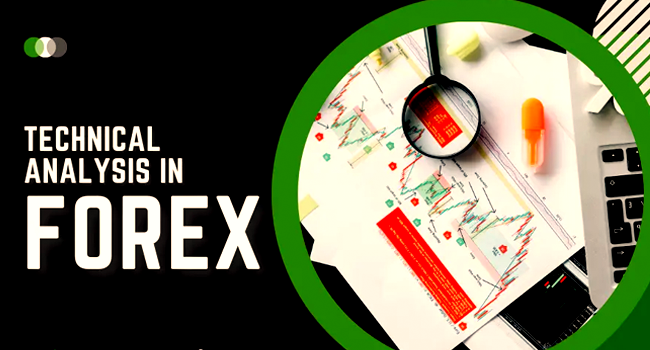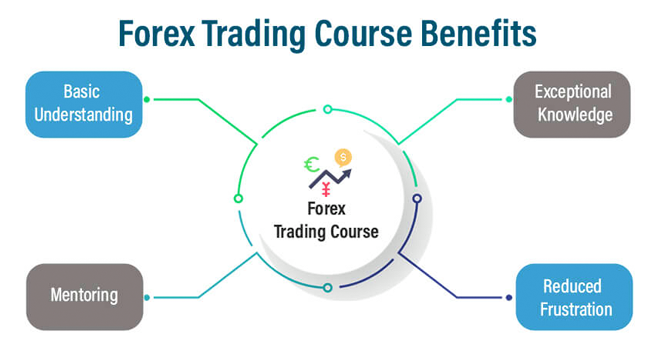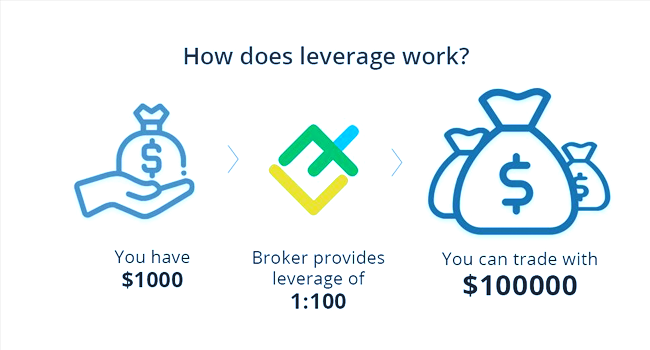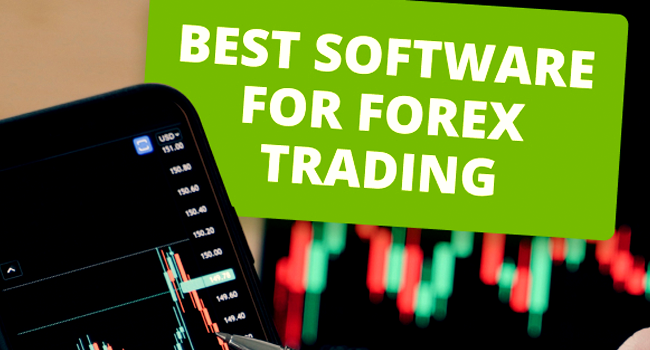Introduction:
Foreign exchange (Forex) trading offers significant profit potential, but inherent risks accompany it. One practical approach to managing risk in Forex is through hedging strategies. Hedging involves taking positions in the market that offset potential losses in other places, reducing the overall exposure. This article will explore various hedging strategies traders employ to navigate the volatile Forex market while minimizing risk and maximizing opportunities.
Spot Market Hedging:
Spot market hedging is a straightforward strategy that involves opening offsetting positions in the same currency pair. Spot market hedging aims to protect against short-term market fluctuations.
Currency Options:
This strategy offers flexibility, allowing traders to benefit from favorable market movements while limiting potential losses.
Forward Contracts:
Forward contracts enable traders to lock in a specific exchange rate for a future date. This hedging strategy benefits businesses that engage in international trade and must protect against adverse currency movements. Forward contracts provide certainty in pricing, shielding companies from currency volatility and ensuring predictable profit margins.
Futures Contracts:
Like forward contracts, futures contracts allow traders to hedge against potential currency risks—these standardized contracts trade on organized exchanges, providing a transparent and regulated environment for hedging. Futures contracts have predetermined contract sizes and maturity dates, making them suitable for speculative trading and hedging purposes.
Cross-Currency Hedging:
Cross-currency hedging involves taking positions in multiple currency pairs to offset risks. This strategy is commonly employed by multinational corporations that operate in different countries and currencies. Cross-currency hedging helps manage exchange rate fluctuations and protect profits by diversifying exposure across various currencies.
Carry Trade Hedging:
Carry trade is a popular strategy where traders borrow funds in a low-interest-rate currency to invest in a higher-yielding currency. However, this strategy carries significant risk due to exchange rate fluctuations. To hedge against potential losses, traders can take offsetting positions in related currency pairs or use derivatives like options or futures contracts.
Correlation Hedging:
Correlation hedging involves identifying and exploiting relationships between different currency pairs. Currencies often exhibit positive or negative correlations due to various factors, such as economic indicators or geopolitical events. By analyzing historical data and market trends, traders can strategically select currency pairs that move in opposite directions, thereby hedging against potential losses.
Hedging with Non-Forex Instruments:
In addition to traditional Forex hedging strategies, traders can employ non-Forex instruments for risk mitigation. These include commodities, stocks, and bonds.
Hedging with Technical Analysis:
Technical analysis is a widely used approach in Forex trading that involves analyzing price charts and indicators to predict future market movements. Traders can apply hedging strategies based on technical analysis by identifying critical support and resistance levels. For example, if a currency pair approaches a strong resistance level, a trader can open a short position to hedge against potential downside risk. Similarly, if a currency pair is nearing a significant support level, a long work can be initiated to hedge against likely upward movements.
Hedging with Fundamental Analysis:
Fundamental analysis focuses on economic, political, and social factors that impact currency values. Traders can predict potential market movements by analyzing vital economic indicators, central bank policies, and geopolitical events. Hedging strategies based on fundamental analysis involve taking positions that offset potential risks associated with specific economic events or policy changes. For example, a trader can open a hedging position to mitigate potential losses if an upcoming economic announcement is expected to hurt a currency.
Hedging with Dynamic Position Adjustments:
Hedging strategies can also involve adjusting existing positions based on market conditions. Traders can monitor the market closely and change their jobs to reduce risk. By continuously assessing market dynamics, traders can adapt their parts to manage risk effectively.
Hedging with Partial Position Closure:
Another hedging strategy involves partially closing positions to reduce exposure. If a trader holds a significant role in a currency pair, they can complete a portion of that position while keeping the remaining amount open. This strategy allows traders to lock in profits on the part of the work while participating in potential gains. By reducing the position size, traders can limit potential losses while maintaining some exposure to market movements.
Hedging with Stop Loss and Take Profit Orders:
A stop-loss order is set at a specific price level to automatically close a position if the market moves against the trader. Conversely, a take-profit order is placed to automatically close a situation when a predetermined profit target is reached. By using these orders strategically, traders can lock in profits and minimize losses, thereby hedging against adverse market movements.
Hedging with Hedging Instruments:
Besides traditional Forex hedging strategies, traders can utilize specific hedging instruments designed to manage risk more effectively. These instruments include currency swaps, options spreads, and volatility derivatives. Currency swaps involve exchanging one currency for another with an agreed-upon exchange rate and a specified maturity date. This strategy helps protect against exchange rate fluctuations and minimize the risk associated with currency exposure. Options spread involve simultaneously buying and selling options contracts on the same currency pair but with different strike prices or expiration dates. This strategy allows traders to limit potential losses while benefiting from favorable market movements. The spread of options can be structured in various ways, such as vertical, horizontal, or diagonal spreads, depending on the desired risk-reward profile.
Volatility derivatives, such as volatility or variance swaps, provide traders with instruments to hedge against volatility risk. These derivatives allow traders to profit from implied or realized volatility changes, thereby providing a hedge against market uncertainty. By incorporating volatility derivatives into their hedging strategies, traders can protect their positions from sudden market fluctuations and unexpected volatility spikes.
Dynamic Hedging:
Dynamic hedging involves continuously adjusting hedging positions based on real-time market conditions. This strategy requires constant monitoring of market movements and sophisticated trading algorithms. Dynamic hedging aims to maintain a delta-neutral position, where the overall sensitivity to price changes is minimized. Traders using emotional hedging techniques frequently adjust their positions to counteract any changes in market dynamics, thereby mitigating risk more effectively.
Hedging with Portfolio Diversification:
Another approach to Forex hedging involves diversifying the trading portfolio across various currency pairs and asset classes. By spreading the risk across different currencies, commodities, stocks, or bonds, traders can reduce their exposure to a single coin or market. This strategy helps protect against unforeseen events that may significantly impact a particular currency pair. Portfolio diversification is a long-term risk management strategy that aims to achieve a balanced and stable portfolio performance.
Hedging with Hedging Ratios:
Hedging ratios involve calculating the appropriate proportion of hedging positions based on the correlation between currency pairs or other related assets. By determining the optimal hedging ratio, traders can effectively balance their hedging positions’ potential risks and rewards. The hedging ratio can be adjusted based on market conditions and the trader’s risk appetite, allowing for dynamic risk management.
Risk Reversal Hedging:
Risk reversal is a hedging strategy that involves simultaneously buying an out-of-the-money call option and selling an out-of-the-money put option on the same currency pair. This strategy is implemented when traders anticipate an imminent price reversal. Risk reversal hedging protects against potential losses if the currency pair moves against the trader’s initial position while allowing for potential gains if the market reverses in the anticipated direction.
Hedging with Event-Based Strategies:
Event-based hedging strategies involve taking positions based on anticipated events that may impact the Forex market. These events include economic releases, central bank announcements, political elections, and geopolitical developments. Traders can analyze the potential impact of these events on currency pairs and take hedging positions accordingly. For example, suppose a significant economic release is expected to cause volatility in a currency pair. In that case, traders can hedge their positions by taking offsetting classes or using options to protect against adverse price movements.
Hedging with Market Sentiment Analysis:
Market sentiment analysis involves assessing market participants’ overall mood and sentiment towards a particular currency pair or the Forex market. By monitoring market sentiment indicators, such as surveys, news, or social media sentiment, traders can gauge the prevailing market sentiment and adjust their hedging positions accordingly. If market sentiment becomes excessively bullish or bearish, traders can hedge their jobs to protect against potential market reversals or extreme price movements.
Hedging with Seasonal Patterns:
Some currency pairs exhibit seasonal patterns, whose prices follow recurring trends or patterns during specific times of the year. Traders can analyze historical data to identify these seasonal patterns and use them for hedging purposes. For example, if a currency pair weakens during a specific period, traders can hedge their long positions or open short positions to protect against potential losses. Seasonal hedging strategies take advantage of predictable market trends to manage risk effectively.
Hedging with Currency Correlation Breakdowns:
However, these correlations can break down under certain circumstances, leading to unexpected price movements. Traders can monitor currency correlations and identify instances where correlations are breaking down. In such cases, hedging positions can be adjusted, or new posts can be opened to protect against potential losses resulting from the breakdown of correlations.
Hedging with Quantitative Models:
Advanced traders may utilize quantitative models and algorithms to develop sophisticated hedging strategies. These models incorporate historical data, mathematical formulas, and statistical analysis to identify optimal hedging positions. By employing quantitative models, traders can automate decision-making and implement hedging strategies based on predefined rules and parameters. This approach allows for systematic and disciplined hedging, minimizing emotional biases and human errors.
Hedging with Dynamic Hedging Portfolios:
Dynamic hedging portfolios involve actively managing a portfolio of hedging positions based on ongoing market analysis and risk assessment. Traders continuously adjust their hedging positions to adapt to changing market conditions and risk factors. Dynamic hedging portfolios can incorporate multiple hedging strategies, such as spot market hedging, options, futures contracts, and various asset classes. This approach provides flexibility and agility in managing risk while maximizing opportunities in the Forex market.
Hedging with Expert Advisors:
Traders can develop or utilize existing EAs to implement real-time hedging strategies. EAs can monitor market conditions, analyze price movements, and automatically open and close hedging positions. By using EAs, traders can benefit from 24/7 monitoring of the market and swift execution of hedging strategies, enhancing risk management and efficiency.
Conclusion:
Hedging strategies in Forex are diverse and dynamic, offering traders many approaches to managing risk effectively. Event-based plans, market sentiment analysis, seasonal patterns, currency correlation breakdowns, quantitative models, active hedging portfolios, and expert advisors provide additional hedging and risk mitigation avenues. When selecting and implementing hedging strategies, traders should consider their trading objectives, risk appetite, and market conditions.









